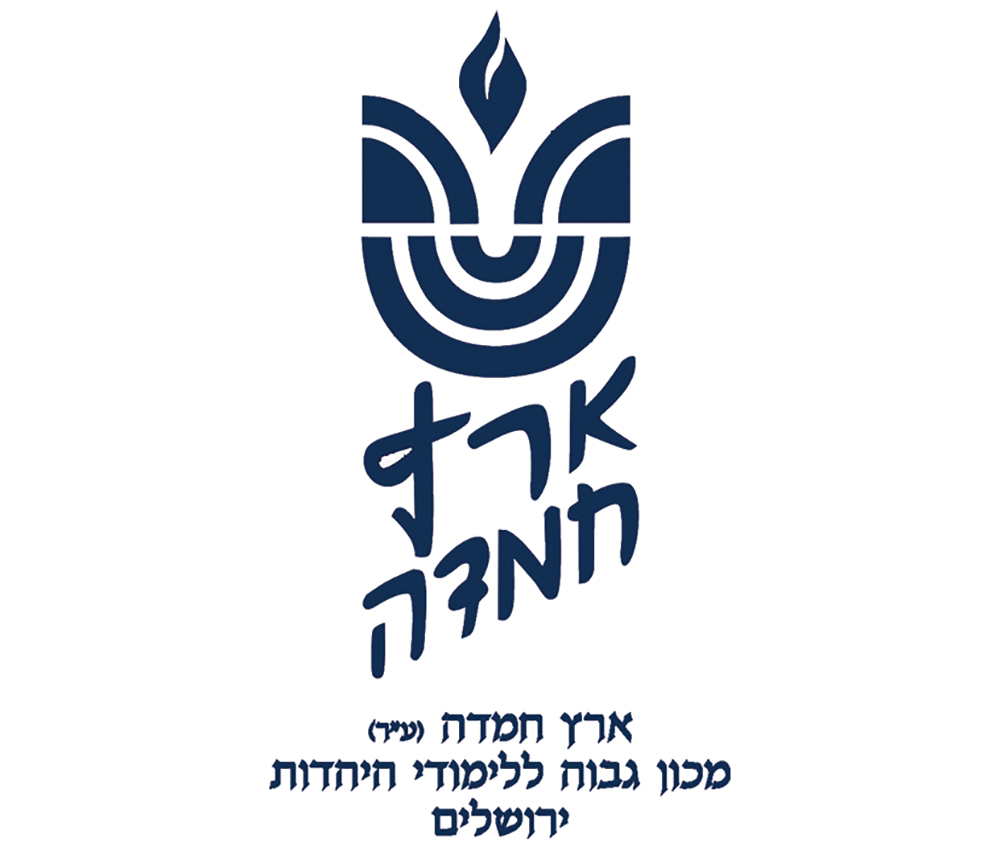
לעילוי נשמת
יואל אפרים בן אברהם עוזיאל זלצמן ז”ל
Question: Is it permissible for one to peel a hard-boiled egg on Shabbat if the shell has letters and/or numbers stamped on the side of the shell?
Answer: Before seeing what the poskim have to say, let us analyze the involved issues.
The potential melacha involved is mochek (erasing) of the letters/numbers. In all standard cases, there is no possibility of a Torah prohibition, which exists only when one erases in order to write two letters in the erased area (Shabbat 73a; Rambam, Shabbat 11:9). However, it is forbidden rabbinically to erase even if the area will not be used at all (see Rama, Orach Chayim 340:3 and Mishna Berura ad loc.).
If one does a fundamentally permitted action, which—may or may not—unintentionally includes an act of Shabbat violation, this is called a “davar sheino mitkaven” and is permitted (Shulchan Aruch, Orach Chayim 337:1). If it is certain that the action will unintentionally include a Shabbat violation, it is called a “psik reishei,” and it is potentially a Torah-level violation (Shabbat 103a). If the resulting Torah violation is of no benefit for him (“lo nicha lei”), it is forbidden only rabbinically, even if its occurrence is definite (see ibid.). When the violation is only rabbinic when done intentionally, then when it is “lo nichei,” some say it is permitted (see Yabia Omer V, Orach Chayim 28). On the other, we generally assume it is still forbidden (Mishna Berura 314:11; see Living the Halachic Process VI, C-15).
Rav Chaim Palagi seems to be the first one to discuss our case. In Lev Chaim (II, Orach Chayim 178), he says that one who cracked an egg in a place where there was no writing and tried to remove the egg without breaking the writing is fine, even though the letters could be cut, because of davar sheino mitkaven. In another place (Kaf Hachayim 31:115), Rav Palagi says not to write on the eggs because it can cause violations. Citing him, some Acharonim (Petach Hadevir 340:4; Kaf Hachayim (Sofer), Orach Chayim 340:34) write that it is forbidden to peel an egg with writing, which is a stringent formulation. Ketzot Hashulchan, volume III, page 154 has a milder formulation, based on the same source—one may peel the egg but do it with care not to break the writing. This takes away the psik reishei and then, even if he was unsuccessful and letters were severed, davar sheino mitkaven removes any violation. Shemirat Shabbat Kehilchata (11:10) and Orchot Shabbat (15:44) similarly say that it is permitted with care.
It is likely that even the moderate formulation is a stringency, and also might not apply to all cases. It is unclear to me (based on experience/experimentation) whether for someone who peels without regard to the writing, there is always a psik reishei of breaking letters. It likely depends on the size of the writing, whether the egg’s preparation will allow it to peel off in big pieces and the peeler’s proficiency. If it is not a psik reishei, it should be permitted without precaution!
Perhaps the poskim assumed it was a psik reishei because their writing was larger than ours. But it is also possible that they were troubled that if one takes no notice of the writing, he might hold the egg in a way that he will definitely crack the letters—which can make it equivalent to a psik reishei—which might be worse when it is easy to obviate the problem (see however Mishna Berura 337:4). We may find precedent for this in the requirement to be careful when cutting cake with writing (see Rama, Orach Chayim 340:4; the Mishna Berura 340:17 calls it a “psik reishei”).
Another potential situation of leniency is the status of the writing. Often the ink smudges significantly during the cooking, so that there may not be halachic writing to be concerned about when peeling. This will vary depending on the ink used and the amount of cooking, and it is difficult to say anything conclusive. (The ink on many eggs—at least in Israel—comes off totally during the boiling, which makes the question moot.)
We believe that it is both proper (despite some logic for greater leniency) and sufficient to be somewhat careful to try to avoid breaking the letters when cracking and peeling the eggs.
Rabbi Mann is a dayan for Eretz Hemdah and a staff member of Yeshiva University’s Gruss Kollel in Israel. He is a senior member of the Eretz Hemdah responder staff, editor of Hemdat Yamim and the author of “Living the Halachic Process Volumes 1 and 2” and “A Glimpse of Greatness.”












